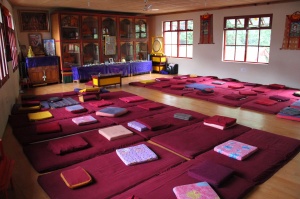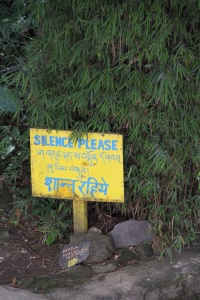You’re in a Yoga Nidra class and you’re asked to set an intention . . . is your mind immediately paralyzed into a blank screen of zero inspiration?
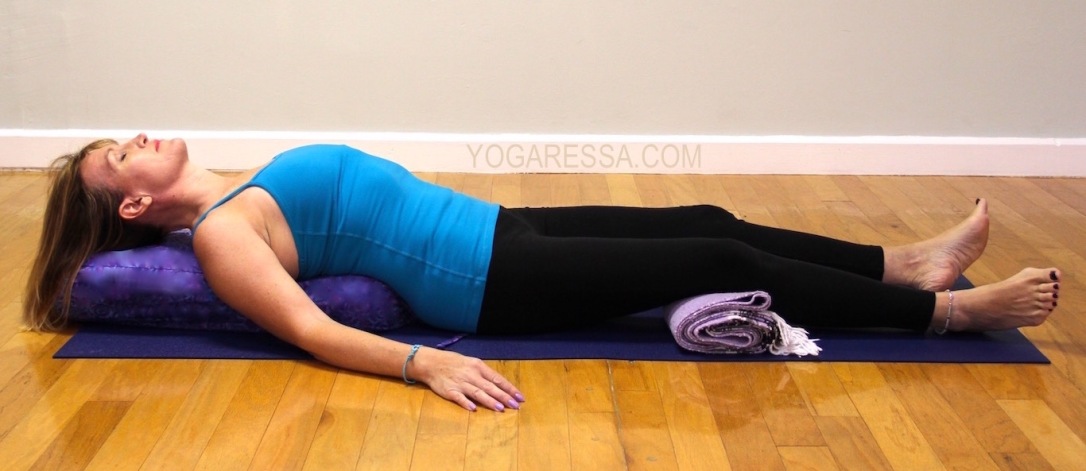 If you’re unable to conjure up, at the drop of an Om, a statement any more profound than, “I will remember my shoes when I leave yoga tonight”, all that’s needed is some reflection on why you do this thing called yoga.
If you’re unable to conjure up, at the drop of an Om, a statement any more profound than, “I will remember my shoes when I leave yoga tonight”, all that’s needed is some reflection on why you do this thing called yoga.
Whether it’s for a kick-butt, sweaty, vinyasa class, or an affirmation for Yoga Nidra guided relaxation, intention has the power to transform your practice. It shines a mindful light on how you live your life; harnessing and feeding your hopes for more ease.
How to Discover Your Sankalpa
Your intention (or sankalpa, the Sanskrit word for resolve) could address your state of mind, or physical health, or a shift in your relationships — whatever could benefit from more joy. Think of it as a vow between you and the Universe.
If this has you grabbing a pen and paper and revving up the analytical, intellectual mind (because #mustsucceedineverything), then relax a little and consider sankalpa is not about achieving goals. Avoid the temptation to use intention to fix something that is “wrong” with you.
Instead, connect with your emotions and beliefs. Your sankalpa already resides within you, as a heartfelt longing. Ask yourself some introspective questions around “what do I want from life”, then dive deep into your heart space and simply pause and listen. The answers aren’t always immediate, but with they do come.
After some reflection, form a precise sentence that helps support your heart’s wishes.
Your intention statement is:
• Positive
• Easy to remember
• Stated in the present tense, as if it were already true (even if it’s not)
For example, instead of, “I will stop being angry and impatient”, try, “I am patient and kind, with myself and others”.
Your sankalpa may be the same for several weeks or months, or it may be different on a particular day, when something else is occupying your thoughts. Sometimes, you’ll feel as if your self-inquiry has unlocked the secrets of the Universe. Other times, you’ll simply observe the intention to rest and create stillness in body and mind.
Examples of Sankalpa
Resist the urge to nail Nirvana by throwing every possible thing into one long and complicated sentence. “I am happy and healthy, blissfully filled with contentment and joy for all the loving people and situations which I am blessed to receive with deep gratitude for my abundant and prosperous life” could get lost a little, out there in affirmation land. “I am happy” is a perfect alternative. Here are some other examples: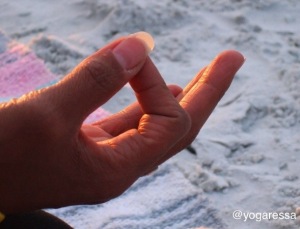
• My body is healthy, my mind is clear.
• My world is filled with joy and love.
• I believe in myself and that what I have to offer is of value.
• I sleep peacefully, and wake up rested and energetic.
How Intention Works
Yoga Nidra is a guided meditation sequence of observing and welcoming all sensations, emotions and thoughts.
This “conscious sleep” state is ideal for hearing positive messages, and altering negative habitual thought patterns. When you silently state your intention during Yoga Nidra, the subconscious mind receives it as if it were already true — even if the doubting mind doesn’t believe it.
The beauty of doing this practice regularly, and with sincerity, is that your positive statements linger in the subconscious mind, long after the guided meditation is complete. This is how Yoga Nidra can truly become a gateway to positive, personal transformation.
Peace.
[as published in Today’s Yoga Magazine]


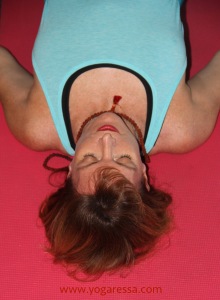



 since we often find ourselves anticipating what’s meant to happen, and what makes “A Good Meditation”. Did you see swirling colors and vivid imagery of eagles and panthers? Did a powerful voice boom out at you, sharing the secrets of the Universe, echoing in the cavern of your mind?
since we often find ourselves anticipating what’s meant to happen, and what makes “A Good Meditation”. Did you see swirling colors and vivid imagery of eagles and panthers? Did a powerful voice boom out at you, sharing the secrets of the Universe, echoing in the cavern of your mind?
